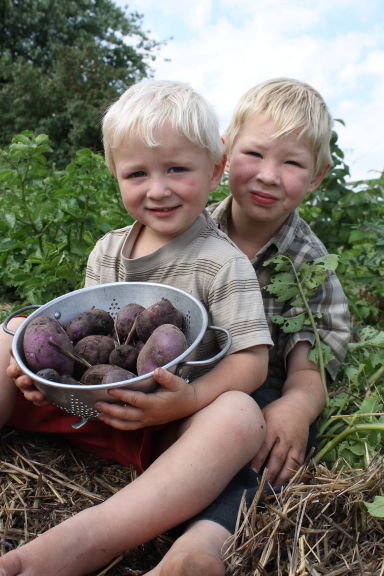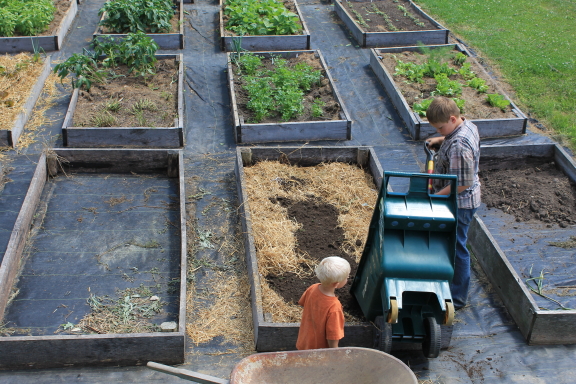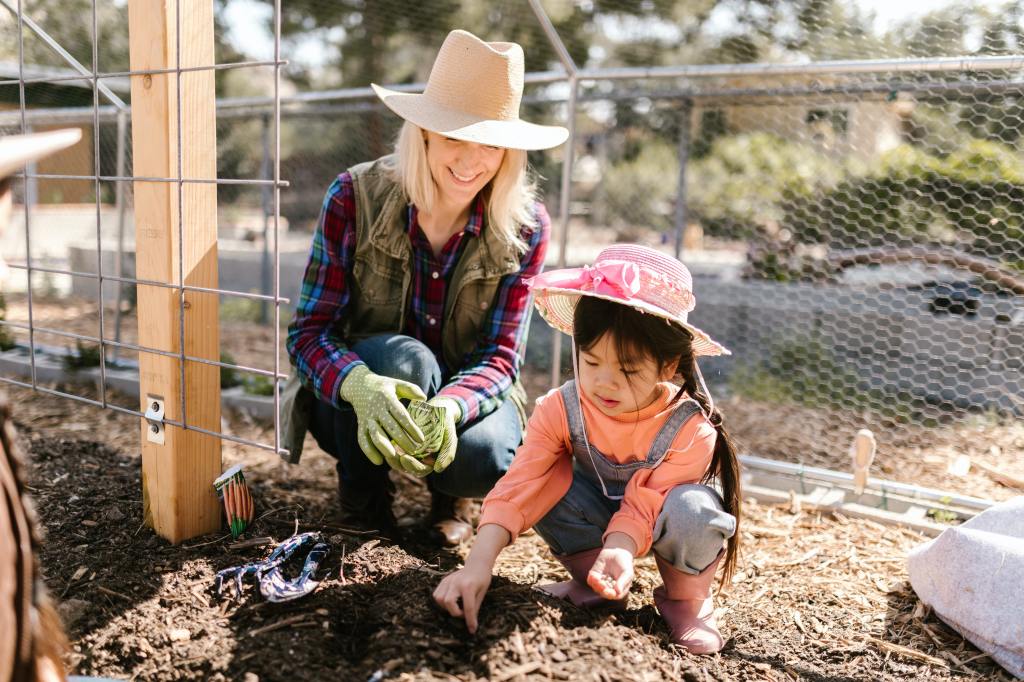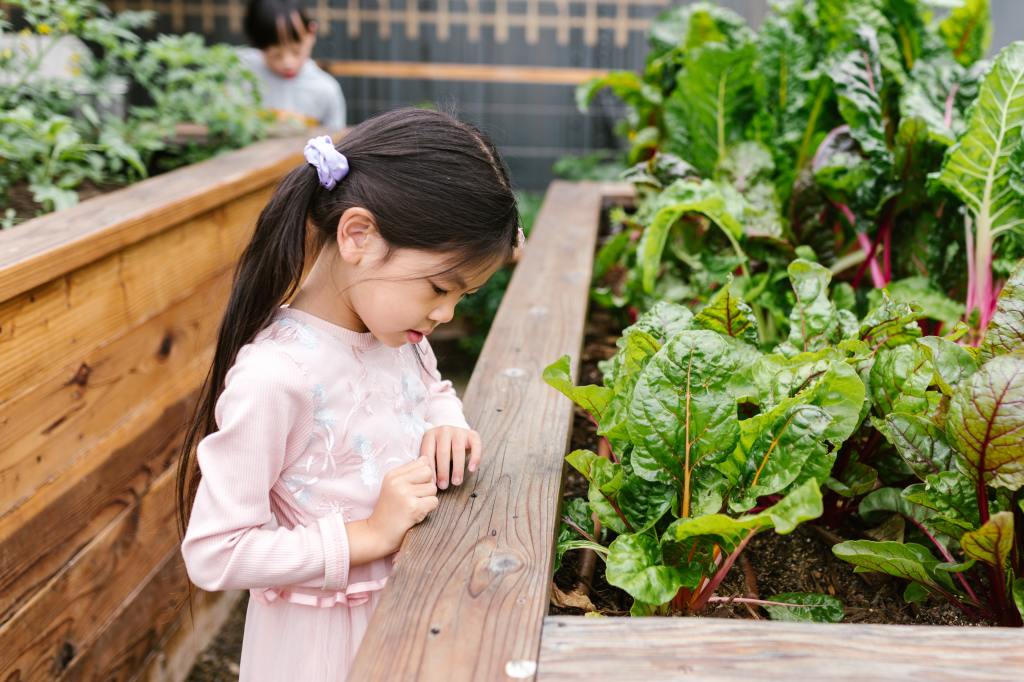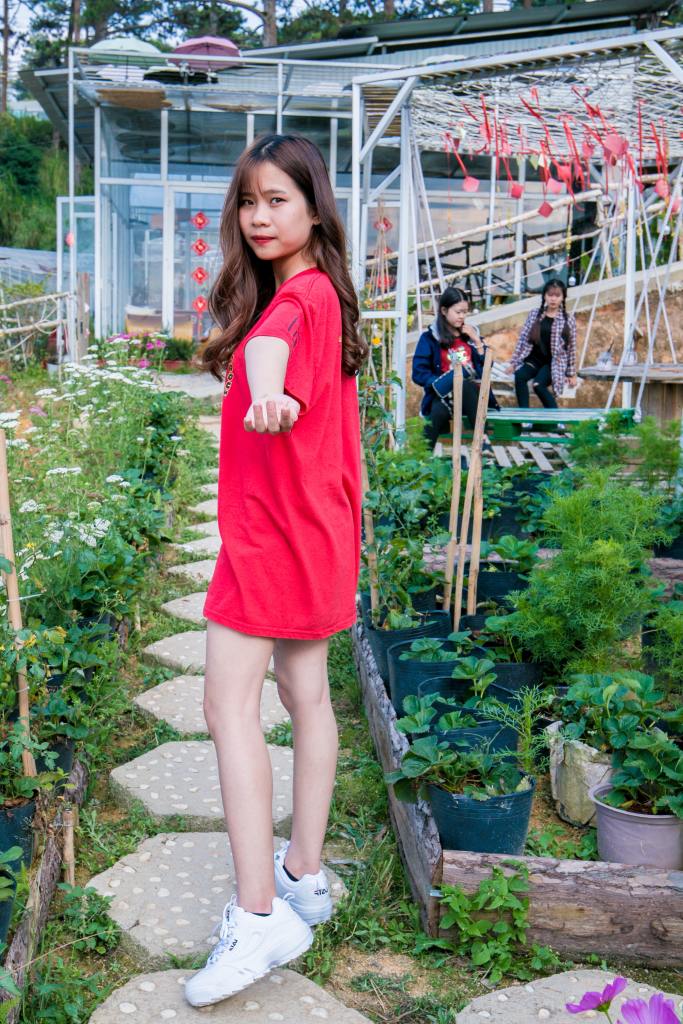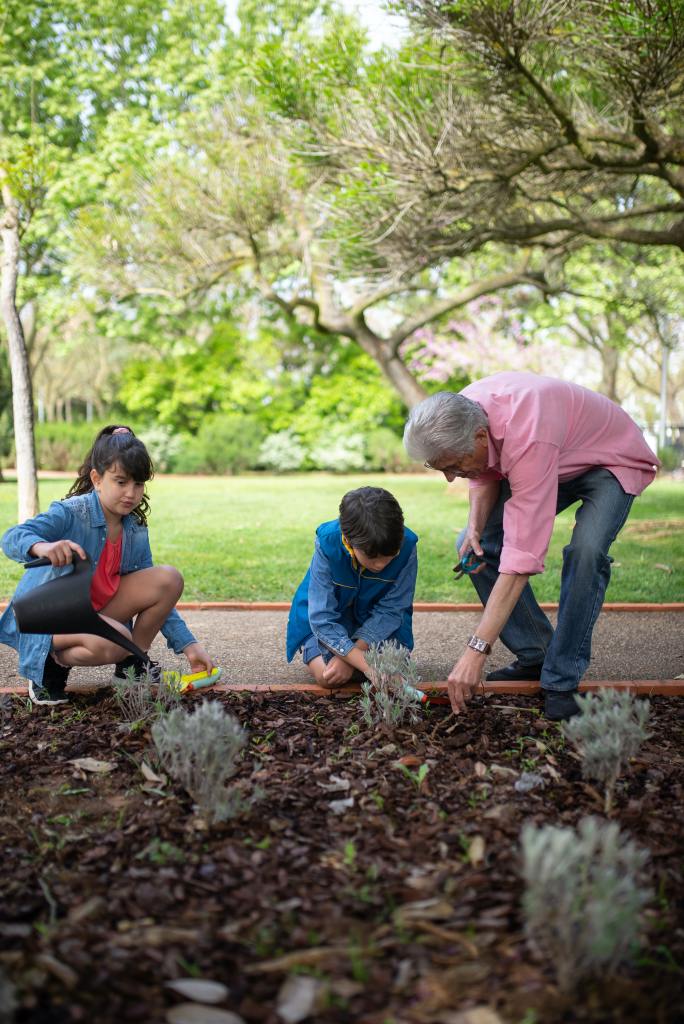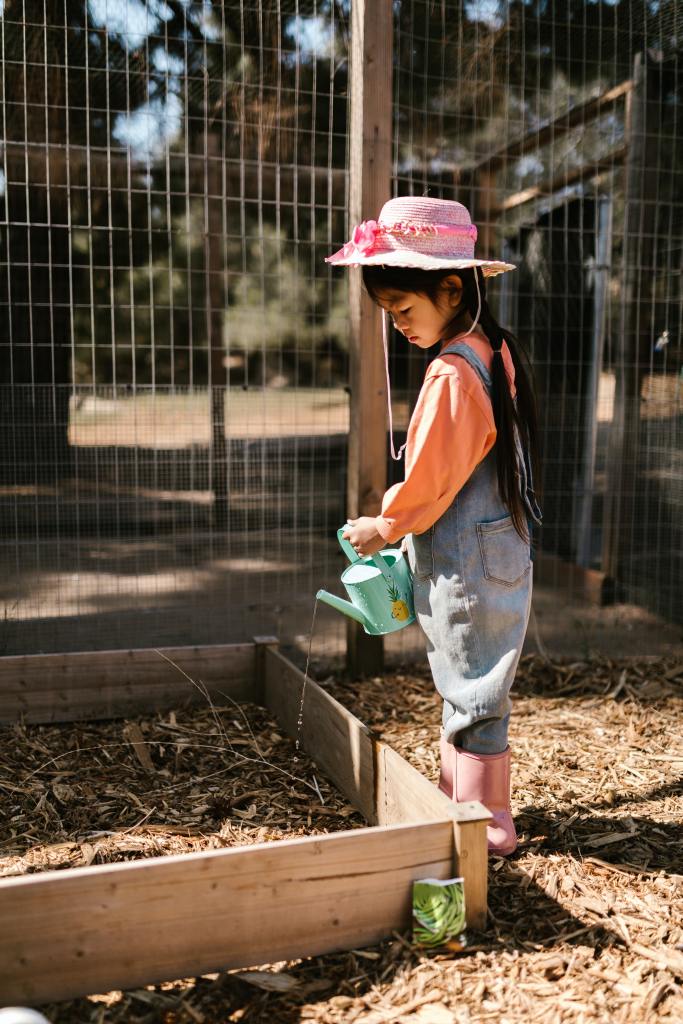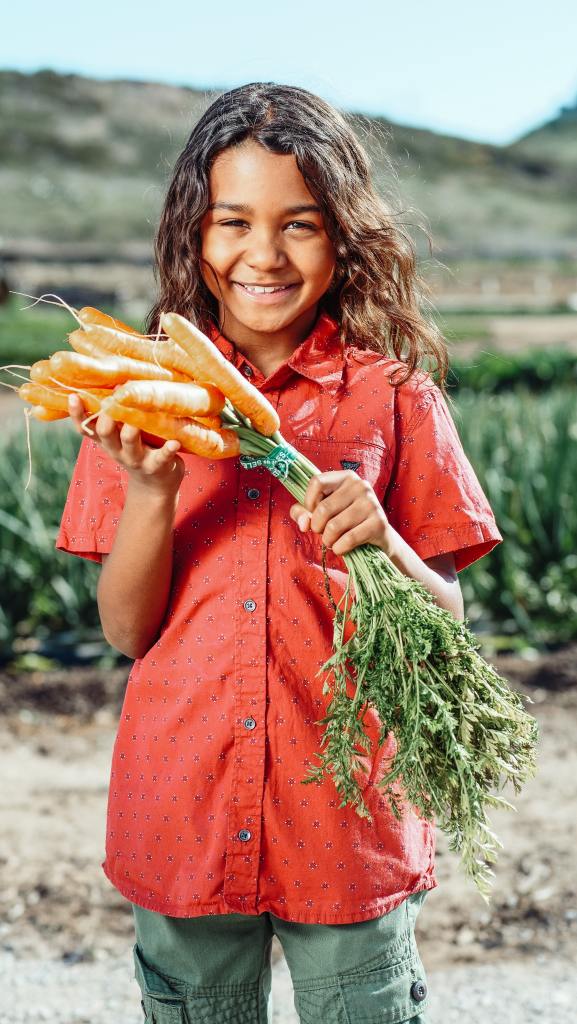“Remember that children, marriages, and flower gardens reflect the kind of care they get.” H. Jackson Brown, Jr.
If you have been following me for any amount of time here, at my podcast, YouTube, or my social media platforms, you know I am a huge advocate for including kids in both the kitchen & the garden. Today I am going to give you some ideas on how to incorporate fun activities for kids, as well as discuss some of the benefits to kids helping grown their own food!
Over the years you’ve seen my kids grow up in the garden and the kitchen. They have helped in the soil & bed preparation, seed & plant purchasing, greenhouse work, planting the seeds and seedlings, and then tending to them until they finally bear the fruit of their labor!
Sure my kids grumbled about the weeding & harvesting, but overall they had fun and learned so much! Now lets look at the benefits of getting your kids out into the garden!
Let’s look at the benefits of including our kids in the process of gardening!

What are Some of the Benefits of Teaching Kids to Grow Their Own Food?
Besides the obvious of promoting a healthier lifestyle, it encourages them to eat more fruits and vegetables because they grew them. When kids are involved in the process of growing their own food, they are more likely to try new things and develop a taste for fresh produce. Letting your kids help pick out the seeds or plants at the nursery is a great way to get them excited about not only gardening, but eating what they grew!
In addition to the health benefits, it’s also a great way to get them outside and active. Gardening is a physical activity that can help improve their coordination, balance, and overall fitness.
Gardening can be a valuable learning experience for kids. It helps them develop important skills such as responsibility, patience, and problem-solving. They learn about the life cycle of plants, the importance of soil and nutrients, and the effects of weather and climate on growth.
Getting kids in the garden also is a great way to teach kids about sustainability and the environment. It encourages them to think about where their food comes from and to appreciate the hard work that goes into producing it.

How Do You Start a Garden with Kids?
Get dirt, seeds & plants! Starting a garden with kids can be a fun and exciting project for the whole family. Whether you have a large backyard or just a small balcony, there are plenty of ways to get started. The first step is to choose a location that gets plenty of sunlight and has good soil drainage.
If you’re starting a garden in a small space, consider using containers or raised beds. This can make it easier for kids to reach the plants and can help prevent damage from pests.
Have the kids help you decide what you want to grow! Let them help you choose the seeds by going through seed catalogs and even more fun, take them to the greenhouse to purchase the plants you want to grow. Be sure to bring a catalog that shows a wide variety of pictures so the kids can see what the final product will look like!
It’s important to choose plants that are easy to grow and maintain. Some great options for kids include tomatoes, green beans, potatoes, lettuce, carrots, and strawberries. You can also consider growing herbs such as basil, parsley or mint, which can be used in cooking and can be a fun sensory experience for kids. You can show them how to use the mint to make tea!

Be Sure to Choose the Right Plants for Kids to Grow!
When choosing seeds & plants for your kids to grow, it’s important to consider their age and skill level. Younger children may enjoy planting fast-growing seeds like beans or radishes & even sunflowers! Older children may be ready to tackle more challenging plants like tomatoes or peppers.
It’s also important to consider the climate and growing conditions in your area. Some plants may require more sunlight or water than others, so be sure to choose plants that will thrive in your specific location.

What are the Appropriate Gardening Tools for Kids?
Remember they are kids, so again think about age appropriateness. Having the right tools can make gardening a lot easier and more enjoyable for kids. Some essential tools include gloves, trowels, watering cans, and pruning shears.
It’s also important to choose tools appropriately sized for your child & that are easy for them to use. You can also consider purchasing child-sized gardening tools, which are designed to fit smaller hands and make gardening more comfortable.
There are also child sized rakes, and shovels that will make your child feel extra special. Be sure to get them their own padded knee pad as well!
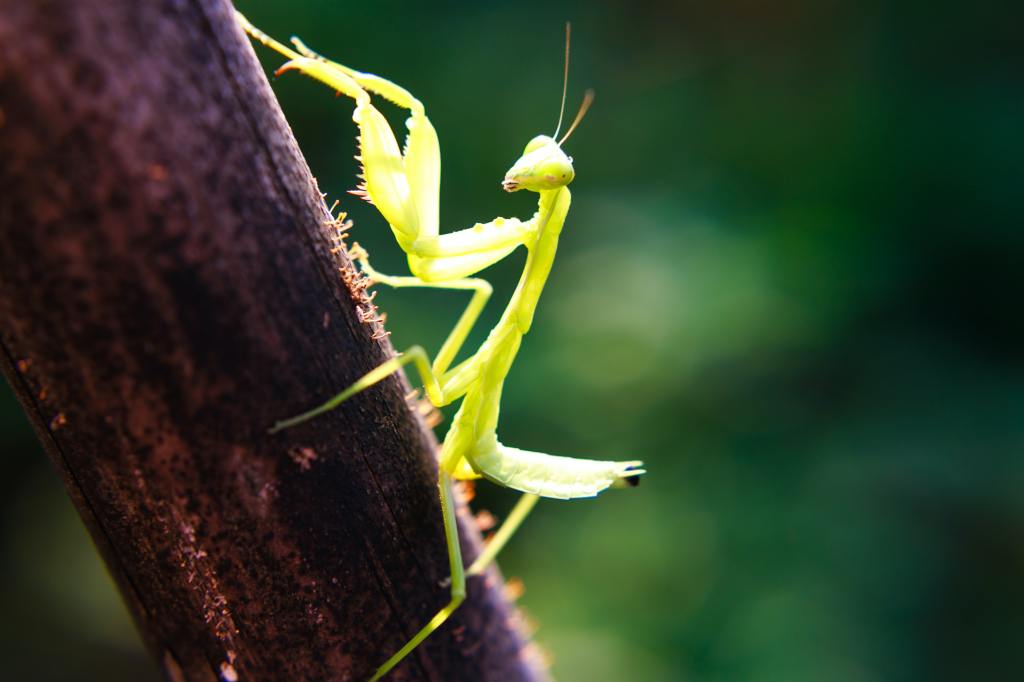
Watering and Caring for the Garden is an Important Task to Understand!
Watering and caring for the garden is an important part of the growing process. Kids can learn about the importance of watering plants regularly and how to tell when plants need water. They can also learn about the effects of weather and climate on plant growth. It’s important to teach kids about pests and diseases that can harm plants and how to prevent and treat them.
Weeding is never a fun part of gardening, but if you utilize containers or raised beds and mulch, it will make the watering & weeding process much more enjoyable for everyone!
You should also teach your kids how to watch for harmful insects, as well as teaching them about the good bugs. They need to learn to never kill a praying mantis or ladybug, but to destroy tomato worms & squash bugs. You can make this a fun project for a rainy day by showing them gardening books or looking up the information online!
You can see my blog on Companion Planting and Beneficial Insects here!
Now for the Best Part… Harvesting and Using the Produce
You & the kids have worked so hard and now it’s time to reap what you’ve sown! Harvesting & using what you’ve grown is by far the most rewarding part of gardening. Kids can learn about different ways to prepare and cook the fruits and vegetables they’ve grown.
This can be a great opportunity to teach them about healthy eating habits and the importance of a balanced diet. You can also encourage them to share their produce with friends, family, & neighbors which can be a fun way to spread the joy of gardening.
My son Aaron below is making homemade Strawberry Rhubarb Dump Cake from the rhubarb we harvested from our garden!

Here are a Few Fun Gardening Activities for You & Your Kids
Whether you are homeschooling your kids and want to use gardening as part of your curriculum, or just want to show your kids the joys you maybe had growing up, gardening can be a fun and creative activity for kids.
You can incorporate art and sensory activities into the gardening process to make it even more engaging. For example, kids can create garden markers using rocks or popsicle sticks. They can also create a sensory garden by planting different textures and fragrances. Gardening can also be a great way to teach kids about the different colors of fruits and vegetables.
Another really fun activity is to plant a sunflower tent! See my blog here for the fun & easy how-to!
Here are a few of my previous blog posts on how to incorporate kids into the garden!
Bringing Children in the Garden with some yummy recipes!
Children’s Garden’s & More Themes!
If you enjoyed this blog, please LIKE, Follow, Share & leave me a comment! I love your feedback!
If you aren’t following me on Facebook & Instagram go on over & give a LIKE & Follow me for daily tips & tricks for your home & garden!

Added bonus: You can go to my blog at http://www.fordragonfliesandme.com to purchase my original cookbook, Lovingly Seasoned Eats and Treats in either a spiral bound soft cover OR NEW, a Downloadable PDF version. The cookbook has almost 1000 recipes on almost 500 pages! Check out the Cookbook Testimonials while you’re there!
Until next time remember to,
Eat fresh, shop local & have a happy day,
Jean
Copyright Policy
All text and images on this site are copyright of For Dragonflies And Me. Unless otherwise noted, you may not use this content.

